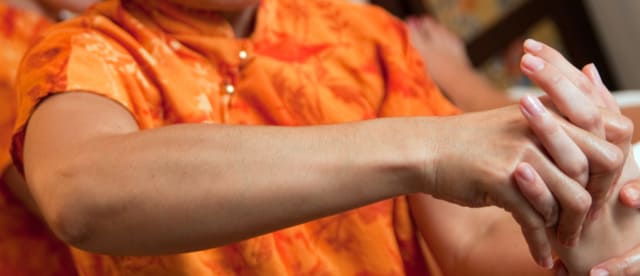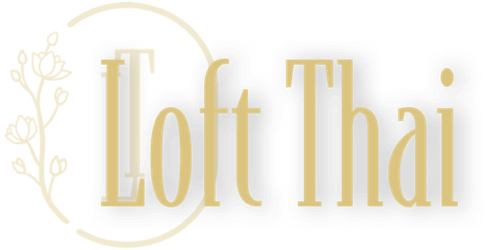
As Thai massage's reputation continues to grow throughout the world, more people are turning to this traditional style of treatment in an effort to improve their physical and emotional wellbeing.
Given the range of styles available, it may be challenging to select the best Thai massage for your needs. In this essay, we will contrast and compare two well-liked forms of Thai massage: traditional Thai massage and Thai combination massage, to help you make a decision.
What is Traditional Thai Massage?
Traditional Thai massage, also known as Nuad Thai or Thai Yoga massage, is a massage technique that has been practiced in Thailand for more than 2,500 years. This type of massage uses acupressure, stretching, and yoga-inspired movements to improve energy flow, induce calm, and aid in healing.
The most frequent inquiries we receive about our goods and services are listed below. The therapist uses their hands, elbows, feet, and knees to exert pressure on certain locations along the body's energy lines, or Sen lines. Through the use of passive stretching techniques, the therapist also helps the patient's flexibility and range of motion.
The benefits of traditional Thai massage include:
- Enhanced flexibility and range of motion
- Lessened ache and tension in the muscles
- Greater vitality and vigor
- Increased circulation and lymphatic drainage
- Reduced stress and anxiety
- Enhanced sleep quality
- What Is a Thai Combination Massage?
Swedish and traditional Thai massage techniques are combined in Thai combination massage, often known as Thai-Swedish massage. This type of therapy combines stretching and acupressure techniques from traditional Thai massage with long, flowing strokes from Swedish massage.
A Thai combination massage involves the therapist using a combination of deep tissue pressure and stretching techniques while the patient is lying down on a massage table. The therapist uses their hands, elbows, forearms, and sometimes their feet to apply pressure to specific areas of the body in addition to using long, flowing strokes to promote relaxation and stress reduction.
The benefits of Thai combination massage include:
- Lessened ache and tension in the muscles
- Enhanced flexibility and range of motion
- Increased circulation and lymphatic drainage
- Reduced stress and anxiety
- Enhanced sleep quality
- Allows for relaxation
- What should I choose?
Your preferences for conventional Thai massage or a Thai combination massage ultimately depend on your needs and interests. If you prefer a therapy that stresses energy flow and employs passive stretching techniques, traditional Thai massage might be your best choice. On the other hand, if you want a massage that combines deep tissue pressure and stretching methods, a Thai combination massage may be your best choice.
It's important to go over your needs and expectations with your massage therapist before your session. Your therapist will help you select the type of massage that will best suit your needs and can modify the session to address any specific problems or worries you may have.
Conclusion
Traditional and hybrid Thai massages have many benefits for both physical and mental well-being. Whether you choose a traditional Thai massage or a Thai combination massage, you can count on feeling relaxed, renewed, and revitalized after your session. With the right massage therapist and technique, you can benefit from Thai massage's therapeutic effects and improve your general well-being.

